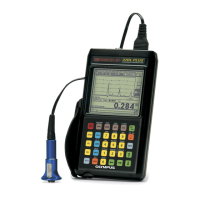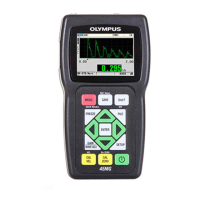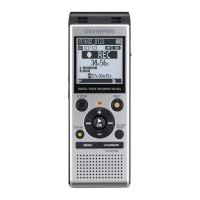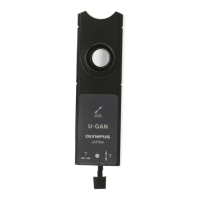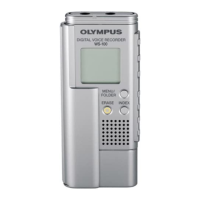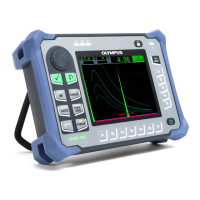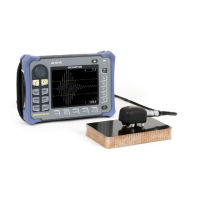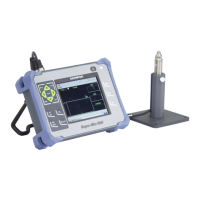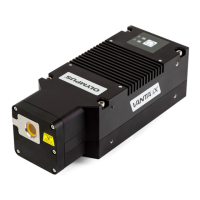What to do if Olympus Measuring Instruments show strong echoes but incorrect measurements?
- DDanielle WhitakerJul 27, 2025
If your Olympus Measuring Instruments display strong echoes but the measurements are incorrect, consider the following: * Recalibrate the device. * If in differential mode, check the DIFF flag. * If in Min or Max mode, the material might be too grainy, flawed, or have high surface noise. Try manual gain adjustment or extended blank.



